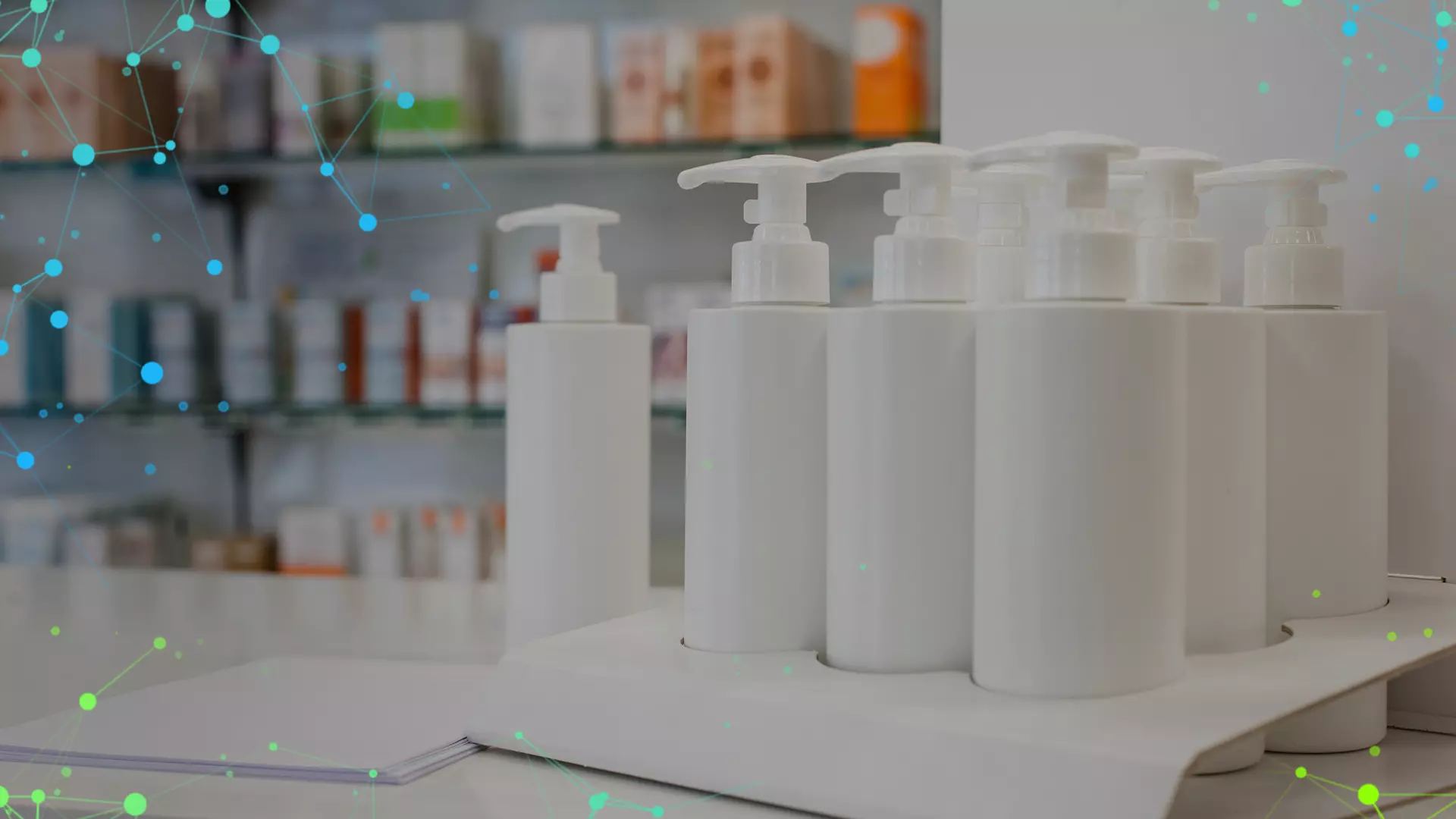Cosmetic Product Labeling
Cosmetic product labeling is not only a mandatory stage in manufacturing but also an important component of the cosmetology and skincare industry. In a world where consumers are increasingly paying attention to product ingredients and their impact on health, correct cosmetic labeling becomes a key factor in building trust between manufacturers and consumers. This topic covers essential aspects of cosmetic product labeling, including rules and requirements set by legislation and the influence of this process on the modern beauty market.
Features of Cosmetic Labeling
Cosmetic and perfume labeling is a crucial element in the cosmetics industry aimed at providing information to consumers and complying with legislative requirements and standards. The features of this process include:
- Composition and properties. Labeling must clearly indicate the composition of the cosmetic product as well as its key properties. This allows consumers to choose products according to their needs and skin type.
- Safety and certification. Products must have the appropriate safety certificates. Information about certification and test results is included in the labeling to confirm their safety for use.
- Shelf life and storage conditions. Labeling should specify the product’s shelf life and storage conditions to enable consumers to use it effectively and safely.
- Manufacturer and country of origin. Information about the manufacturer and the country of origin helps consumers identify the product’s origin and its manufacturer, which is important for establishing trust.
- Instructions and usage. The labeling contains instructions for the use and application of the product, providing users with the necessary information for effective usage.
- Ethical and environmental markings. Some manufacturers add ethical and environmental markings to the labeling, indicating their responsibility towards nature and society.
- Allergens and warnings. Information about the presence of allergens and warnings about possible reactions allow consumers to avoid products to which they may be allergic.
What Constitutes Cosmetic Products
Cosmetic products encompass a variety of products designed for the care of a person’s appearance, enhancing their external attractiveness, and maintaining the overall condition of the skin, hair, and nails. These include but are not limited to the following products:
- Moisturizing, nourishing, and protective creams for the face and body.
- Products used for makeup, such as eye shadows, lipsticks, mascara, blush, and other decorative items.
- Hair care products: shampoos, conditioners, hair masks, styling products.
- Manicure and pedicure products: nail polish, cuticle care products, nail polish removers.
- Tanning products: tanning creams and sprays, sun protection products.
- Hygiene products: shower gels, soaps, intimate hygiene products.
- Fragrances and perfumery: perfumes, eau de toilette, fragrances.
- Depilatory products: creams, waxes, hair removal razors.
- Oral care products: toothpaste, toothbrushes, mouthwash.
- Specialized products, such as tattoo care products, cosmetic tools for concealing skin imperfections, and more.
Appropriate Packaging for Cosmetic Products
Depending on the type of cosmetics, different types of packaging are recommended:
- Creams and lotions: tubes or jars.
- Makeup: plastic or glass containers.
- Hair care products: bottles or tubes.
- Tanning products: tubes or bottles with dispensers.
- Fragrances and perfumery: airtight bottles.
- Depilatory products: tubes or aerosol cans.
- Hygiene and deodorant products: sticks, jars, or aerosols.
- Oral hygiene products: tubes or bottles with dispensers.
- Natural and organic cosmetics: eco-friendly packaging (glass jars, cardboard).
When choosing packaging, it is essential to consider safety, product stability, and consumer convenience.
Information to be included on labeling specifically consists of several mandatory elements:
- Product name;
- Ingredients;
- Manufacturer and address;
- Country of origin;
- Expiration date;
- Weight or volume;
- Usage instructions;
- Warnings and contraindications;
- Safety and certificates;
- Batch number.
Registration of Packaging Designs
Registering cosmetic product packaging designs is an important legal procedure that allows brand owners and manufacturers to protect the unique design of their packaging from unauthorized use or copying. For the registration of cosmetic product packaging designs, please contact Dextra Law, a legal company with experienced professionals who will help you professionally and efficiently complete the registration process in accordance with current legislation.




